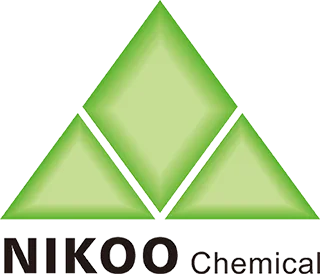The Green Shift: Sustainability in Skincare Ingredients
The beauty of skincare is increasingly intertwined with the beauty of our planet. Consumers are demanding more than just efficacy; they want sustainability woven into the ingredient story. This "Green Shift" impacts sourcing, processing, and the lifecycle of what we put on our skin.
Ethical Sourcing & Biodiversity: The quest for exotic botanicals can drive overharvesting, deforestation, and threaten ecosystems. Sustainable sourcing means ensuring ingredients like shea butter, argan oil, or palm derivatives (a major culprit) come from responsibly managed farms using regenerative practices, fair labor, and protecting biodiversity. Look for certifications like Fair Trade, Rainforest Alliance, or UEBT (Union for Ethical BioTrade), though remember certifications are just one indicator – brand transparency about origins is crucial.
Synthetic vs. Natural - A Nuanced View: While "natural" feels inherently eco-friendly, it's not always so. Land-intensive farming, high water usage for crops, and low yields can make some natural ingredients less sustainable than their well-designed synthetic counterparts. Lab-grown ingredients (like bio-fermented squalane or hyaluronic acid) can offer high purity, consistency, and drastically reduce environmental impact compared to shark liver or rooster comb sources. Evaluating the entire lifecycle impact is essential.
Water, Water Everywhere (The Problem): Water is often the #1 ingredient in skincare. Its production and transport have a significant carbon footprint. The rise of "waterless" or "anhydrous" formats (solid bars, balms, concentrated serums, powders) addresses this. These products are lighter to ship, require less packaging, and reduce water waste. Look for balm cleansers, shampoo bars, or powder-to-lather cleansers.
Biodegradability & Ocean Safety: What goes down the drain matters. Concerns about microplastics (tiny plastic beads now banned in many places) have shifted focus to other ingredients. Silicones, while generally safe for skin, can be persistent in waterways. Mineral sunscreens using non-nano, uncoated zinc oxide or titanium dioxide are preferred over chemical filters like oxybenzone and octinoxate, which are linked to coral reef bleaching. Biodegradable formulas are becoming a priority.
Upcycled Ingredients: Innovation turns waste into wonder. Coffee grounds used in scrubs, fruit pits repurposed as exfoliants, grape marc (leftover from winemaking) rich in antioxidants – upcycling agricultural by-products reduces landfill waste and creates valuable cosmetic ingredients, promoting a circular economy.
Challenges: "Greenwashing" – making exaggerated or false eco-claims – is rampant. Scrutinize vague terms like "natural," "eco," or "clean." Look for specific details: recycled/recyclable packaging, refill programs, ingredient traceability, and commitments to carbon reduction. True sustainability involves trade-offs and continuous improvement, not perfection.
Choosing sustainable skincare means looking beyond the jar. It's about supporting brands committed to ethical sourcing, ingredient innovation, water conservation, biodegradable formulations, and transparently minimizing their environmental footprint from seed to sink.

Phone: +86 20 36028881
Fax: +86 20 36550567
Email:rebecca@nikoochem.com
WhatsApp: +86 13822397763
Add: No 1718, Airport Rd., Yuncheng St., Baiyun Dist., Guangzhou City, Guangdong, China 510000
